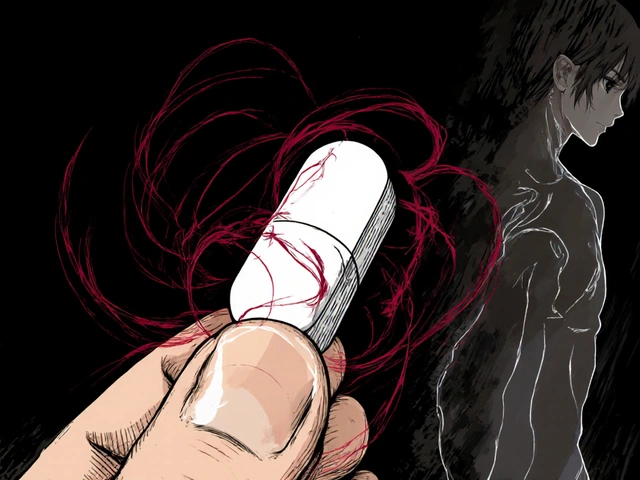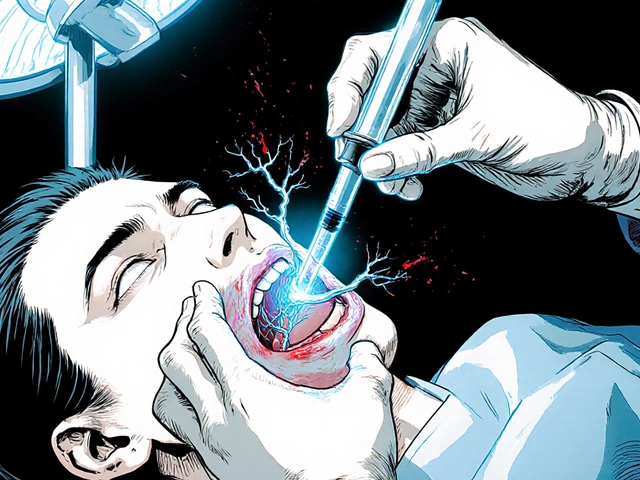What Is Atrial Fibrillation and Why Should You Care?
If your heart ever felt like it was fluttering or skipping beats, you might have heard the term atrial fibrillation (AFib). It’s a common rhythm problem where the upper chambers of the heart (the atria) beat irregularly and often too fast. This chaos can make blood pool, form clots, and raise your risk of stroke or heart failure. The good news? Knowing the signs and simple actions can keep it under control.
Spotting AFib: Symptoms You Can’t Ignore
AFib doesn’t always shout its presence. Some people feel nothing at all, while others notice:
- Pounding or racing heartbeat – you might feel it in your chest, neck, or even throat.
- Shortness of breath – especially after climbing stairs or light exercise.
- Dizziness or fainting spells – the irregular rhythm can momentarily drop blood flow to the brain.
- Chest discomfort – a vague pressure rather than sharp pain.
- Fatigue – even simple tasks feel exhausting because your heart isn’t pumping efficiently.
If you notice any of these, especially together, it’s worth getting an ECG or talking to a doctor right away.
Why AFib Is More Than Just an Irritating Beat
The real danger lies in blood clots forming inside the atria. Those clots can travel to the brain and cause a stroke, often without warning. AFib also puts extra strain on your heart muscle, which over time can lead to heart failure. That’s why early detection and treatment matter.
Everyday Moves to Keep AFib in Check
Managing AFib isn’t just about pills—lifestyle tweaks play a big role:
- Watch your caffeine and alcohol intake. Both can trigger episodes for many people.
- Stay active. Moderate exercise like walking or swimming helps maintain a healthy heart rhythm.
- Control blood pressure and weight. High BP and obesity are big AFib risk factors.
- Get enough sleep. Poor sleep can raise stress hormones that disturb the heartbeat.
These habits don’t replace medical advice, but they give your heart a better chance to stay steady.
Medical Options: From Rate Control to Rhythm Reset
Doctors have several tools:
- Rate‑control drugs (like beta‑blockers or calcium channel blockers) keep the heart from beating too fast.
- Rhythm‑restoring meds (such as antiarrhythmics) aim to bring the heartbeat back to a normal pattern.
- Blood thinners (warfarin, apixaban, rivaroxaban) lower stroke risk by preventing clots.
- Procedures – electrical cardioversion can reset the rhythm instantly; catheter ablation destroys tiny tissue spots that cause irregular beats.
Your doctor will pick a plan based on your age, overall health, and how often AFib shows up.
Quick Checklist When You Suspect an Episode
- Stop what you’re doing and sit down.
- Check your pulse – is it racing or irregular?
- If possible, use a smartwatch or phone app to record the rhythm.
- Call your doctor if the fast beat lasts more than 5 minutes or you feel faint.
- Keep emergency numbers handy, especially if you’re on blood thinners.
This simple routine can help you stay safe until professional care arrives.
Bottom Line: Take AFib Seriously but Stay Empowered
Atrial fibrillation is common—millions live with it—but it doesn’t have to control your life. Spot the symptoms, adopt heart‑friendly habits, and work with your doctor on a treatment plan that fits you. With the right steps, you can lower stroke risk, feel better day‑to‑day, and keep your heartbeat steady.

Bisoprolol Alternatives: Calcium Channel Blockers vs Low-Dose Beta Blockers for A-Fib Rate Control
A no-nonsense guide comparing calcium channel blockers and low-dose beta-blockers as bisoprolol alternatives for A-Fib rate control, with real-world tips, pros, and cons.




